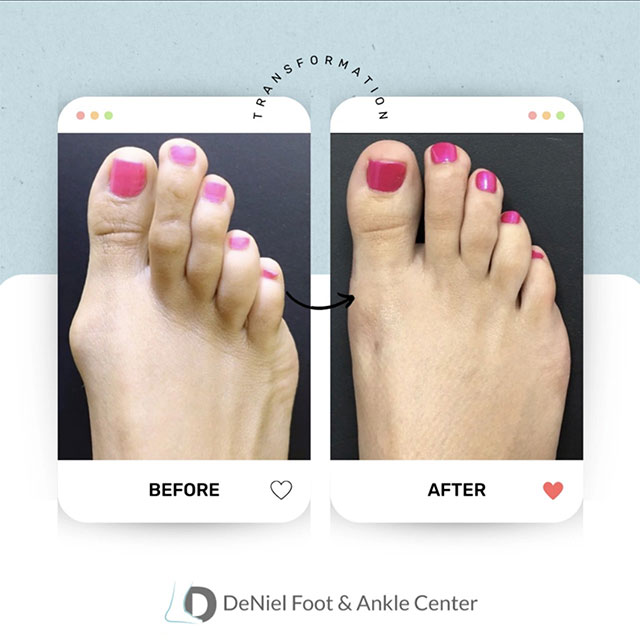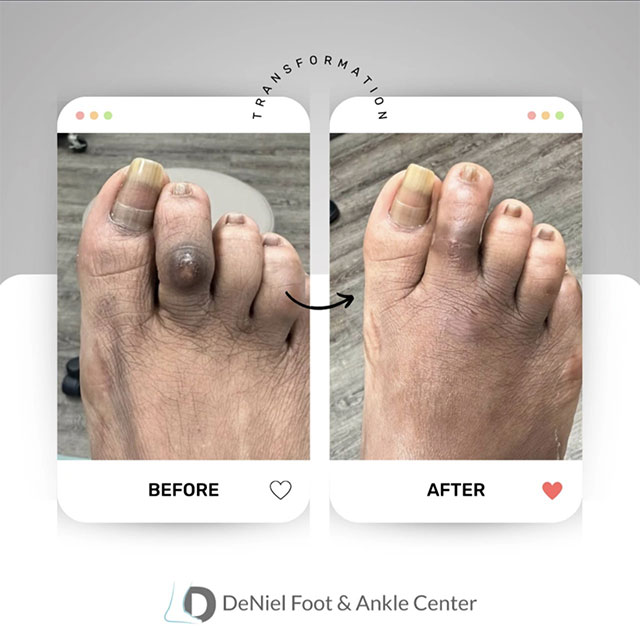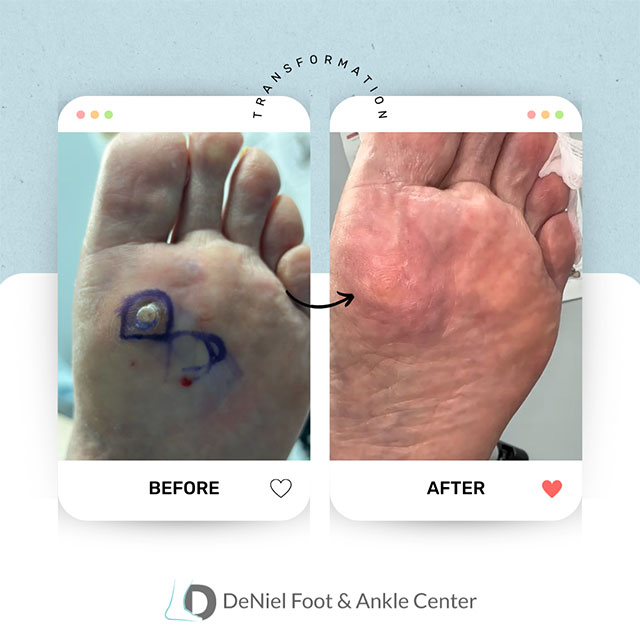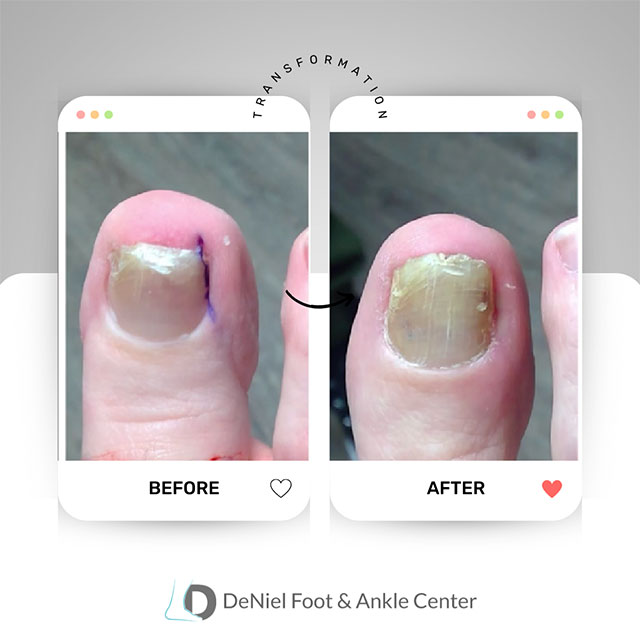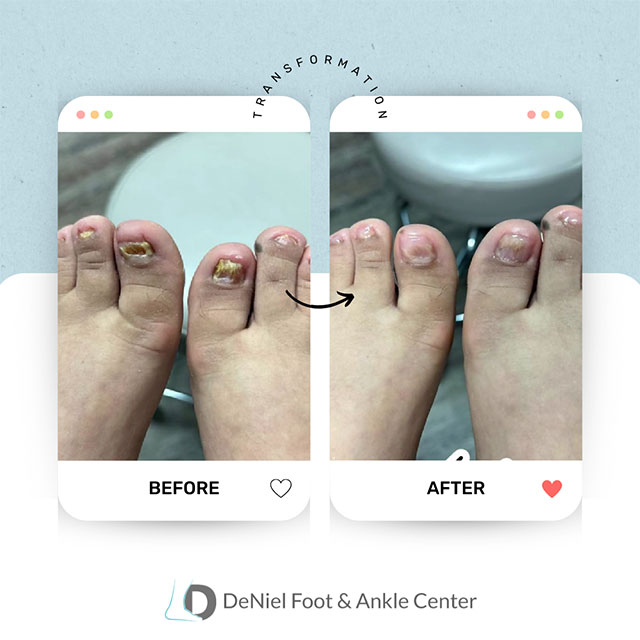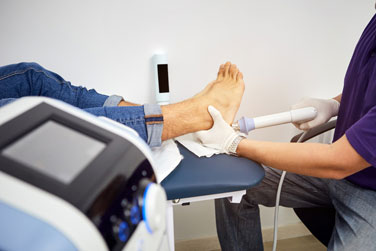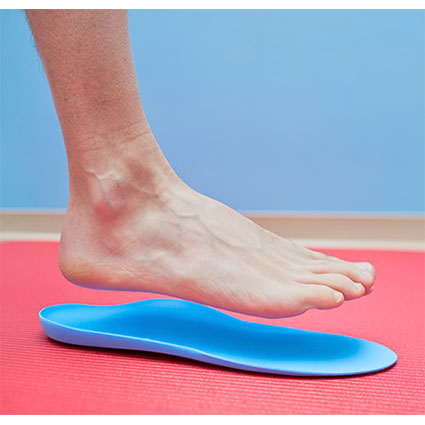Welcome to Our Houston Foot and Ankle Care Clinic
Welcome to Deniel Foot & Ankle Center, where caring meets expertise. Our foot and ankle specialist helps you live pain-free in Houston, Texas. From heel pain to bunions or diabetic wounds, we offer treatments tailored just for you. As a trusted podiatrist in Houston, TX, we make every visit warm and positive.
We’re built on trust and a passion for your well-being. Foot issues can slow you down, so we provide advanced care that works. Serving Houston, Cypress, and Katy, we put patients first with cutting-edge solutions.
Here, you’re family. Dr. Shobowale, a skilled foot and ankle specialist, brings warmth and experience to every appointment. Whether you’re seeking an African American podiatrist or exceptional care, we deliver with precision and kindness. We want you to leave feeling refreshed and confident
Finding a podiatrist can be tough when pain strikes. We make it simple. Near Cypress? We’re your podiatrist in Cypress, TX. With flexible scheduling and custom plans, we ease pain and get you moving.
We listen closely, explain clearly, and care deeply. As a reliable podiatrist in Houston, TX, we restore mobility with therapies or surgery when needed. Our team ensures every step feels like progress.
If foot or ankle pain lingers, don’t wait. Discover why patients choose Deniel Foot & Ankle Center. Schedule today and let our foot and ankle specialist bring relief. Your feet deserve the best!
Foot & Ankle Services
Heel Pain
Ever gotten up from a chair or out of bed in the morning, and upon taking that first step, it feel s like your heel has stepped on a tack? This is heel pain. Many people experience a feeling of sharp pain which radiates into their arch from their heel and which does not allow them to put their heel on the floor.
Bunions
A bunion is an enlargement of boney growth or swollen tissue typically located at the base joint of the big toe. The condition is caused by the shifting of the bones in the big toe inward, toward the other toes of the foot. The area around the base of the big toe may become inflamed, red, and painful.
Additional Services
Dr. Shobowale is available to treat foot and ankle ailments such as diabetic foot care, ingrown toenails, fungal toenails, warts and painful calluses. Our practice specializes in general foot care. Please call (832) 415-1790 for an appointment.
What We Also Do
Patient Information
If you would like to make an appointment with our doctor, please contact our reception staff. Alternatively you may book your appointment online. Every effort will be made to accommodate your preferred time.
Like most clinics, we have a similar process for requesting records. It typically begins with a written or in-person request. “Normally, you will would simply have to call the our clinic and request a copy of the record and pick them up, after signing a release for the records
In order to be respectful of the medical needs of other patients, please be courteous and call DeNiel Foot & Ankle Center promptly if you are unable to show up for an appointment. This time will be reallocated to someone who is in need of treatment. If it is necessary to cancel your scheduled appointment, we require that you call at least 24 hours in advance. Appointments are in high demand, and your early cancellation will give another person the possibility to have access to timely medical care.
Your initial visit at DeNiel Foot & Ankle Center must be in person. By request, all follow up visits can be conducted by phone or virtually, using our secure video channel.
Insurance Plans Accepted
These are some of the insurance plans accepted at DeNiel Foot and Ankle Center.
Exceptional Service, Exceptional Care
When you sit down with our podiatrist, you receive her attention for the duration of your visit. Our podiatrist will listen to your concerns, conduct a comprehensive foot examination to identify any risk issue with your foot. Our podiatrist will help you put your best foot forward, one step at a time.
- Utilizing the most advanced technologies in foot and ankle care
- Personalized care, tailored to your needs
- Focus on footcare and prevention of foot problems
- Highest standards of customer service
Our patients receive personalized care that is affordable and attentive, with many of them being with us since the clinic opened in 2018. We are well tuned to providing the best podiatric services for everyone.


